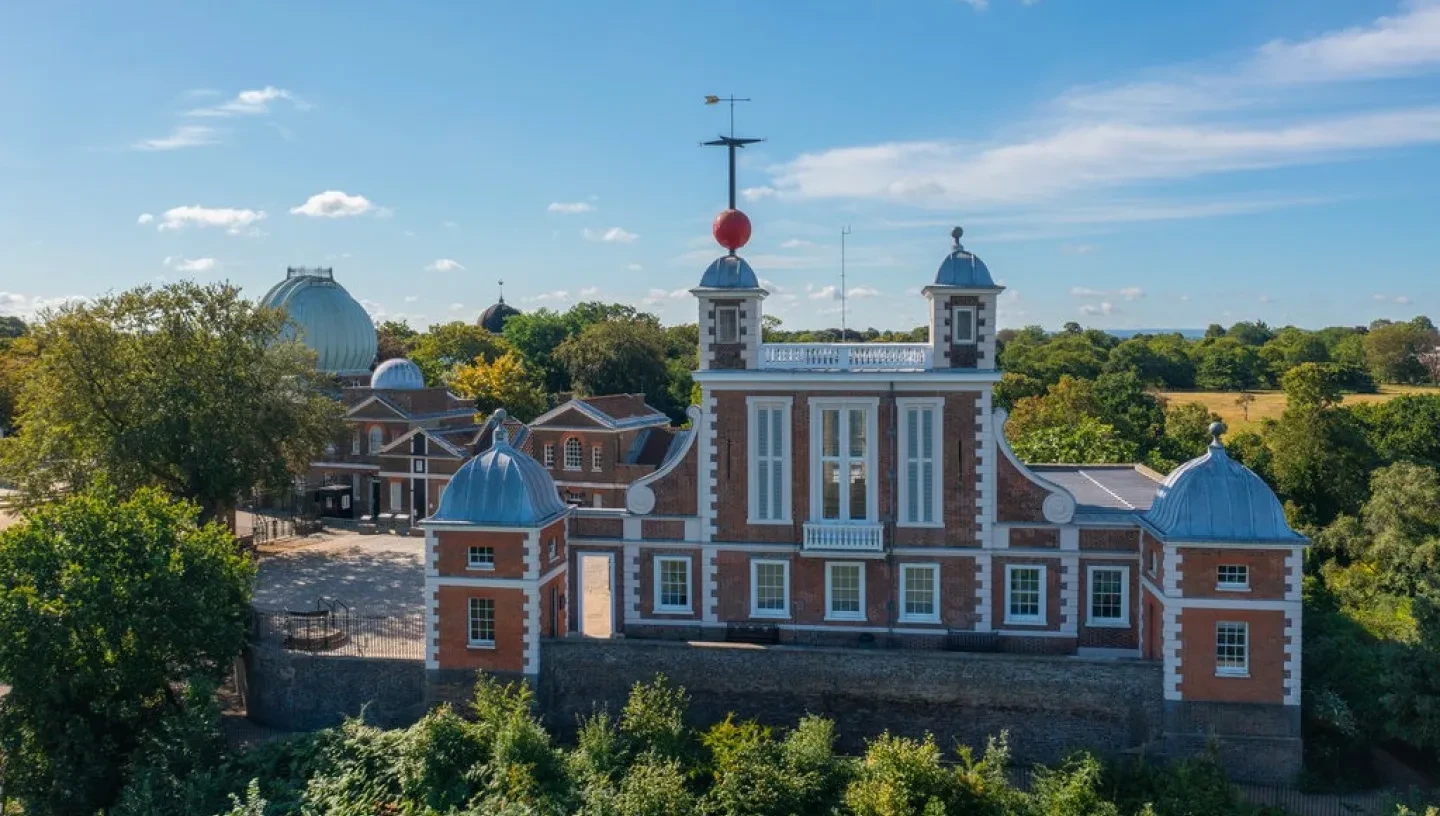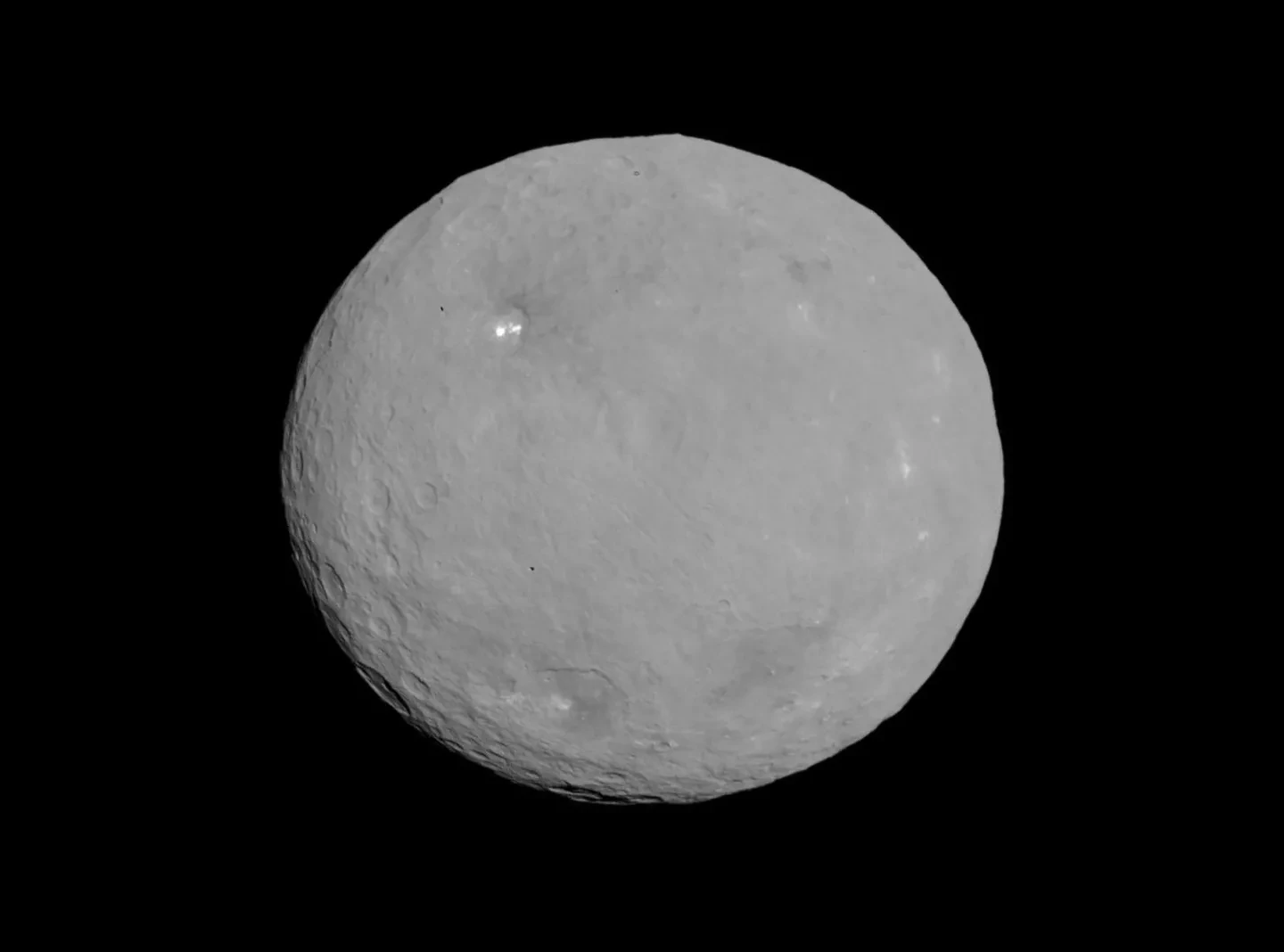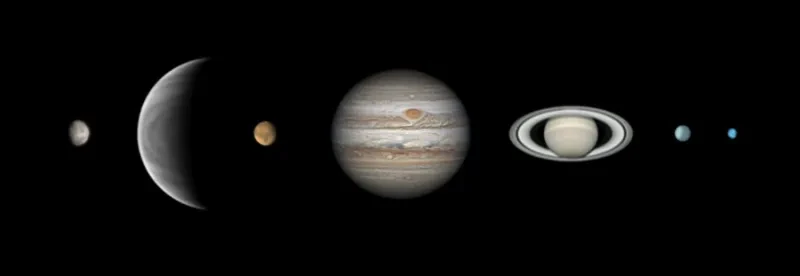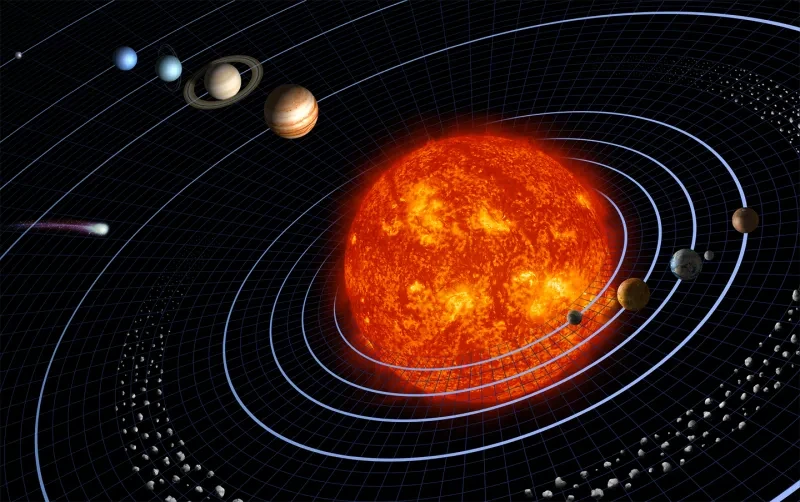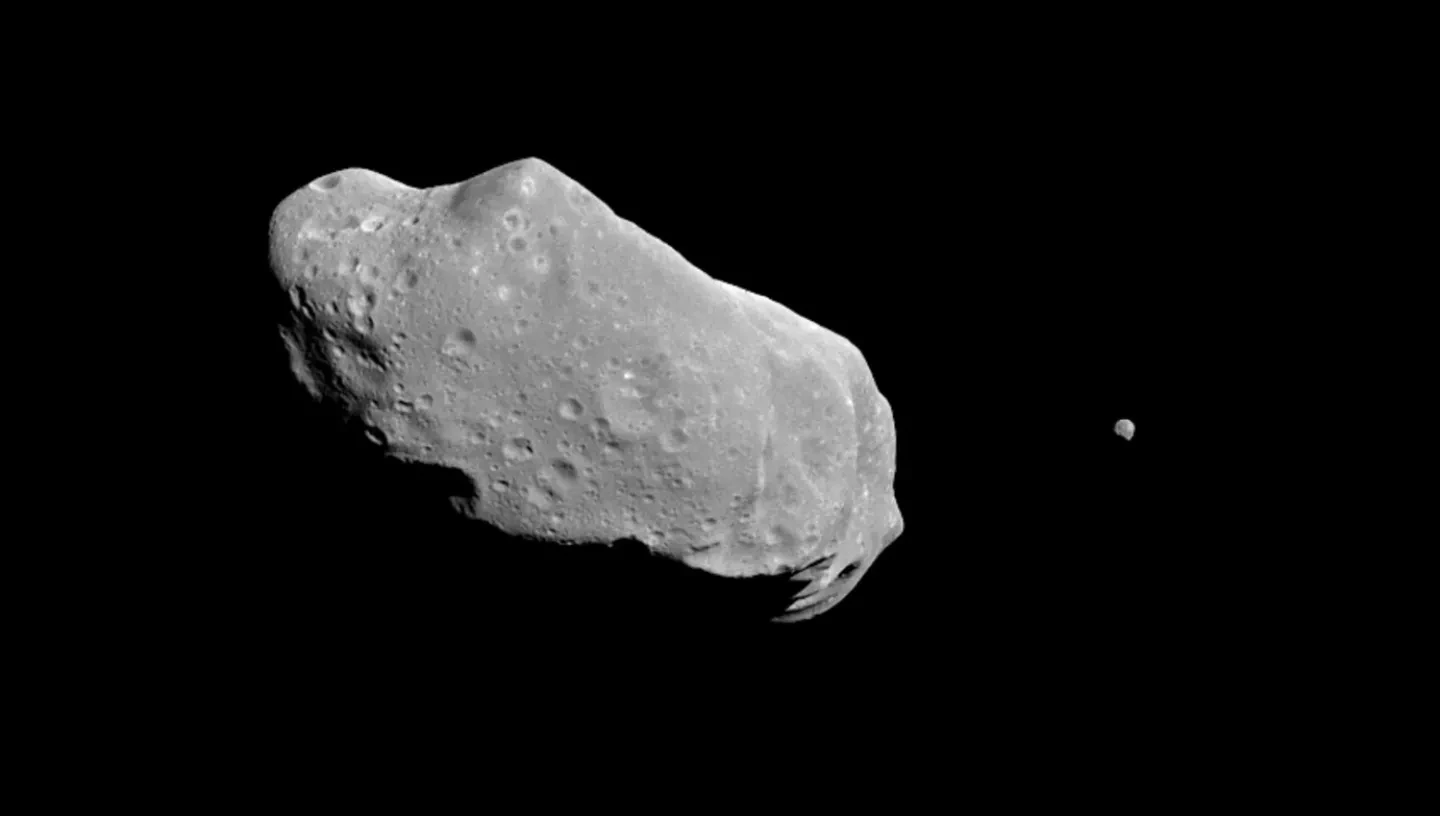
The Minor Planets or Asteroids
Hundreds of thousands of asteroids litter the Solar System - while fragments of them rain down as meteorites - yet the first one was only found in 1801.
History
Towards the end of the 18th century astronomers predicted that there should be a missing planet at about 2.8 astronomical units from the Sun. In 1801 an object was discovered at around this distance. It was named Ceres. In 1802 another object, Pallas, was found at a similar distance followed by Juno in 1804 and Vesta in 1807. All these were small bodies and became known as Minor Planets or Asteroids.
The next to be found were Astraea in 1845 and Hebe in 1847. Since then at least one minor planet has been discovered every year. The estimated total of such objects, most of which are very small, is in excess of half a million.
Orbits
The minor planets move in elliptical orbits around the Sun, most lie between the orbits of Mars and Jupiter. There are, however marked peaks and troughs in this distribution.
There are a number of asteroids that come much closer to the Sun than any of the main group. A group of these, which cross the Earth's orbit, is called the Apollo group. These include the closest objects known to have approached the Earth.
Physical Characteristics
The largest and first discovered asteroid is Ceres (now classified as a ‘dwarf planet’). It is 1003 km in diameter. Pallas and Vesta have diameters of about 500 km and 30 more asteroids have diameters greater than 200 km. Most asteroids, however, are small objects only a few kilometres across.
The largest are approximately spherical but the smaller ones can be very elongated; some are even suspected of being double.
Some asteroids are metallic and came from the metallic core of a parent body, while the silicaceous ones originated in the outer layers. Many asteroids are very black and these are probably carbonaceous and are perhaps closely associated with cometary nuclei.
The compositions of the asteroids are very similar to those of meteorites and this has led to the idea that meteorites originated in the asteroid belt.
Observation of Asteroids
The first asteroid to be observed in detail by a spacecraft was Gaspra, which was photographed by the Galileo spacecraft on 29 October 1991 from a distance of 10,000 miles.
On 14 February 2000, the Near Earth Asteroid Rendezvous spacecraft (known as NEAR Shoemaker) went into orbit around Eros before ending its mission with a touch down on the asteroid.
NASA’s Dawn spacecraft began orbiting Ceres on 6 March 2015. Subsequent photographs beamed back revealed a heavily cratered surface with a number of highly reflective spots possibly of water ice or salts.
Observe your own
There is only one asteroid, Vesta, that is visible by the naked eye. Several may be seen through binoculars. The best way to identify an asteroid, if its whereabouts are known, is to draw a chart of the stars around the predicted position and compare the drawing with the sky a few nights later.
